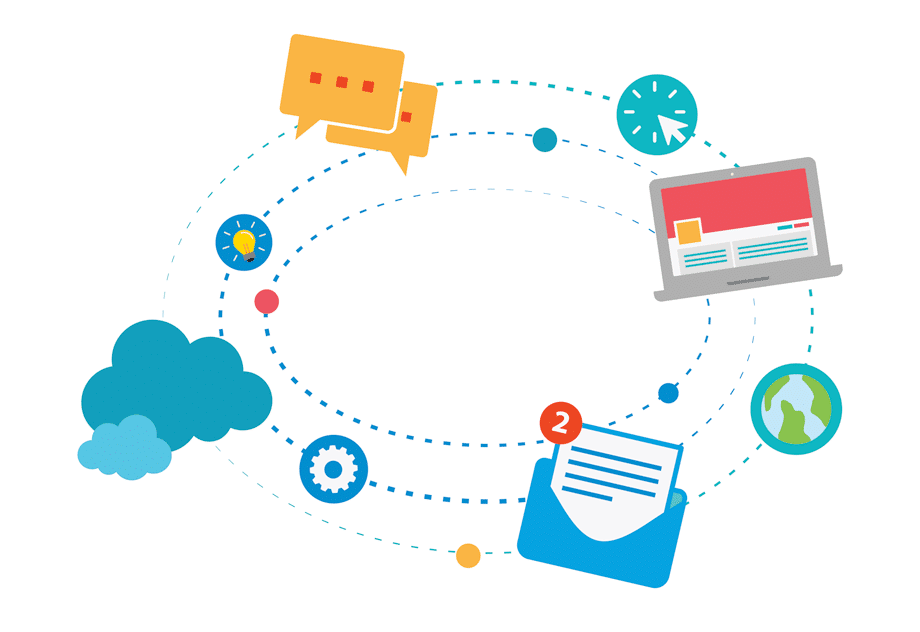Table of Contents
- Step 1: Define Your Goals
- Step 2: Build a Permission-Based List
- Step 3: Choose the Right SMS Platform
- Step 4: Segment Your Audience
- Step 5: Craft Short and Clear Messages
- Step 6: Add Value with Every Text
- Step 7: Time Your Messages Wisely
- Step 8: Use Personalization
- Step 9: Track and Analyze Results
- Step 10: Stay Compliant with Regulations
- Conclusion
SMS marketing is one of the fastest ways to connect with customers in 2025. It lands directly in their personal space — the phone they check dozens of times a day. It’s quick, affordable, and gets noticed. For a beginner, this is a huge advantage.

The challenge is knowing where to start. Without a clear plan, your texts can feel random and ineffective. The good news is that building a working SMS strategy is simple when you follow the right steps.
This guide will walk you through each stage. You’ll learn not only what to do but also how to do it in a way that makes customers want to engage with your brand.
Step 1: Define Your Goals
Every marketing campaign starts with goals. SMS is no different. Goals give your messages purpose. They also help you measure success later.
Think about what matters most for your business right now. Do you want more sales this month? Are you trying to bring back past customers? Is your focus on promoting a new product launch? Each goal will shape the type of messages you send.
Example: A local bakery might set a goal to increase weekend foot traffic by 20%. Their SMS campaign would focus on sending Friday afternoon messages about fresh pastries or special weekend discounts.
Tip: Write your goal in one clear sentence before you plan your first campaign.
Step 2: Build a Permission-Based List
Sending SMS without permission can damage trust and even break the law. Always start with a clean, permission-based list.
There are many ways to grow your SMS list. Add a sign-up form to your website and social media. Use a pop-up on your site offering 10% off the first purchase for SMS subscribers. In-store, place a sign near checkout that invites customers to join for exclusive offers.
Example: A gym could promote “Text FIT to 12345 to get free access to our weekend fitness tips.” This creates value from the start and attracts people who actually want to hear from you.
Tip: Keep the sign-up process simple. The easier it is, the more people will join.
Step 3: Choose the Right SMS Platform
Your SMS tool is the backbone of your strategy. Pick one that fits your needs, budget, and technical skills.
Look for automation features that let you schedule messages ahead of time. Segmentation tools are also important. They allow you to send different messages to different groups of customers. Analytics will help you see which campaigns work best.
Popular beginner-friendly platforms include EZ Texting, Podium, and Twilio. Each offers templates, easy setup, and customer support.
Tip: Try the free trial before committing. Make sure the dashboard feels easy to use.

Step 4: Segment Your Audience
Not every customer needs the same message. Segmenting makes your campaigns more relevant.
Common segments include location, purchase history, age group, and engagement level. For example, customers who bought last month might receive a thank-you discount, while inactive customers could get a “We miss you” offer.
Example: A clothing store could send a winter coat discount to customers in colder regions while promoting summer dresses to warmer climates.
Tip: Start with two or three segments. Expand as your list grows.
Step 5: Craft Short and Clear Messages
SMS has a 160-character limit, so every word counts. Be clear about your offer and add a direct call to action.
Avoid long sentences or unnecessary words. Use action verbs like “Shop,” “Claim,” “Join,” or “Book.” If you add a link, shorten it using a URL shortener to save space.
Example: “50% off all shoes today only. Shop now: link” works better than “We are having a huge shoe sale, and we’d love for you to come and browse our collection.”
Tip: Test two versions of your message to see which gets more clicks.
Step 6: Add Value with Every Text
People will only stay subscribed if they get something valuable. Every text should give a benefit. This could be a discount, a tip, an update, or early access.
Avoid sending too many purely promotional messages. Mix in helpful or engaging content. A restaurant could send a free recipe once a month. A bookstore could share book recommendations.
Example: “Your VIP code for 20% off is VIP20. Valid until midnight. Enjoy!” adds immediate value.
Tip: Put yourself in your customer’s shoes. Would you want to receive the message?
Step 7: Time Your Messages Wisely
Sending texts at the wrong time can annoy customers. Think about their daily routines.
Avoid very early mornings or late nights. Many businesses find late morning or early evening works well. Test different times to see when your audience responds most.
Example: A café might send a coffee discount at 9 a.m. to catch people on their way to work. An online store could promote weekend sales on Friday afternoon when people are planning their shopping.
Tip: Use your platform’s scheduling tool to time messages for maximum impact.
Step 8: Use Personalization
People engage more when messages feel personal. Use their name and tailor offers based on their history.
Example: “Hi Alex, the jeans you liked are back in stock. Grab your size now: link” feels more relevant than a generic “We have jeans in stock.”
Tip: Combine personalization with urgency for the best results.
Step 9: Track and Analyze Results
You need to know what’s working. Track key metrics like open rates, click-through rates, and conversions.
Look for patterns. Which messages get the most responses? Which times of day perform best? Use this information to refine future campaigns.
Example: If a weekend text gets double the clicks of a weekday text, adjust your schedule accordingly.
Tip: Review your analytics after every campaign, not just once in a while.
Step 10: Stay Compliant with Regulations
SMS marketing is regulated in most countries. Always follow the rules.
Include clear opt-out instructions in every message, such as “Reply STOP to unsubscribe.” Only send texts to people who have given permission.
Compliance keeps your reputation safe and avoids legal trouble.
Tip: Read the SMS marketing laws for your region before starting.

Conclusion
SMS marketing is one of the most direct and effective ways to connect with customers. For beginners, it offers a simple path to engagement and sales.
By following these steps—setting goals, building a permission-based list, segmenting your audience, crafting clear messages, and tracking results—you can create campaigns that customers actually look forward to receiving.
Start small, learn from each campaign, and refine your approach over time. The more relevant and valuable your messages are, the more your audience will respond.






